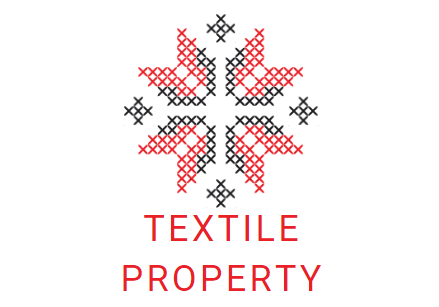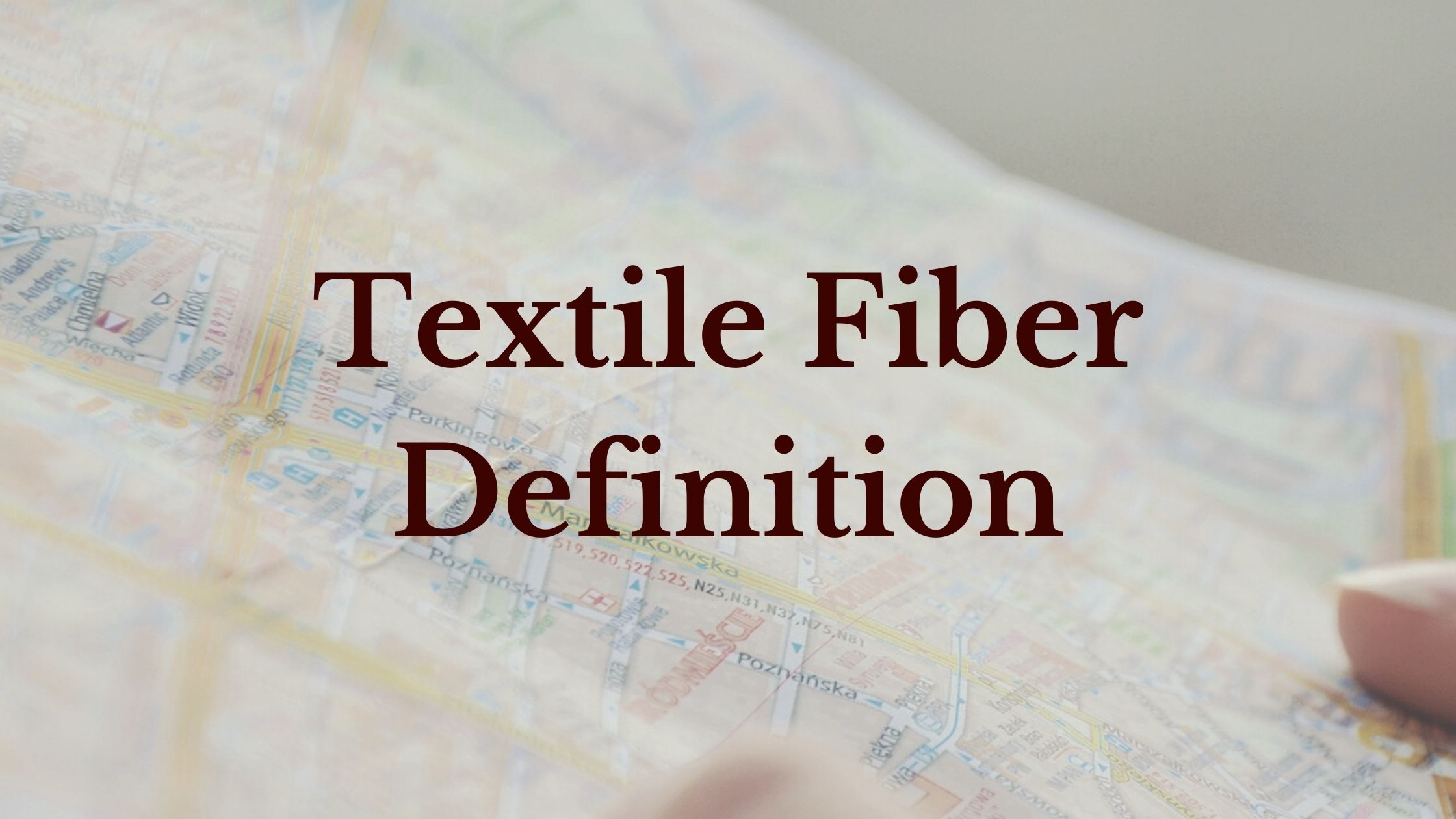Fiber is the first elementary raw material of textile manufacturing. To understand the whole textile manufacturing process, it is essential to have a good knowledge about textile fiber definition.
There are two types of textile fibers: it is either natural or man-made, in form of staple or filaments. The types of textile fiber determine their uses. Natural fibers are those fibers that are directly produces at nature, usually at plants, animals or minerals.
Man-made synthetic fibers or artificial fibers which are usually manufactured from solutions of natural polymer (cellulose, milk protein) or derivatives of natural polymer. Textile fibers should exhibit some specific properties which is discussed in this content below.
Textile Fiber Definition
Textile fiber is a class of materials that are natural or manufactured can takes only tensile force not compression and spun into yarn by twisted to-gather or also converting into fabric (non-woven) direct from fiber. If two fibers are twisted to-gather is stronger than both individual without increasing its tenacity.
Fiber is continuous filament or is in discrete piece (staple). It is the smallest visible substance which is extremely thin in relation to its width at least 500 times longer than its lateral dimension.
Types of textile fiber
There are two types of fibers:
- Natural fiber
- Man-made fiber
Natural fiber
Natural fibers are of three types:
- Vegetable, Example: Cotton, Kapok, Coir (They are from Seed); Jute, Flax, Ramie (Baste); Abaca, Sisal, Henequn (They are from leaf)
- Animal, Example: Wool, Silk, Hair
- Mineral, Example: Asbestos
Man-made fiber
These fibers are basically two types:
- Regenerated, Example: Viscose, Lyocell, Modal, Cupro, Acetate, Tri-acetate, Alginate, Rubber, Casein, Protien
- Synthetic, Example: Polyester, Nylon, Polyolefin, Polyvinyl acrylic, Elastan
- Others: Glass, Carbon, Aramid, Metallicl
Properties of Textile Fibers
There are several properties necessary for a polymeric material to make an adequate and appropriate fiber to certain end uses. A fiber has to the following physical and chemical properties to meet some specific requirements and these are:
- Fiber length
- Length to width ratio (Slenderness ratio)
- Tensile properties (Strength/Elongation)
- Elasticity
- Flexibility
- Elastic recovery from strain
- Cohesiveness
- Wet-ability
- Dye-ability
- Density
- Comfort to human skin
- Resiliency
- Toughness
- Work of rupture
- Fiber friction
- Uniformity
- Crimp
- Fineness (MIC)
- Color/Luster
- Maturity ratio
- High abrasion resistance
- Chemical resistance
Textile Fiber Structure
Textile fibers are a class of solid organic polymers. This distinguishes them from other polymers by their physical properties and geometric dimensions. But a few exception exists. This tem can’t be applicable for a few speciality fibers like glass, asbestos etc as they are based on inorganic substances.
Fiber can be easily identifiable. It is extremely long with respect to width, flexible and has high anisotropc physical properties. But the only thing that differs fiber from the other polymers is their molecular structure. This molecular structures decide the physical and chemical properties of fibers.
Levels of molecular structure
For the ease of perception, let’s consider three levels of molecular structure. Each level relates to certain aspects of fiber behavior and properties.
The Organo-chemical Structure
>It defines the structure of repeating units in the base polymer.
>Also, it describes the nature of polymeric link.
>It is directly related to chemical properties, dyeability, moisture absorption, swelling characteristics and indirectly all the physical properties.
The Macro-molecular structure
>It entitles the family of polymer molecules.
>Chain length, chain length distribution, chain stiffness, molecular size and molecular shape, all these parameters are characterized by this structure.
The Super-molecular Structure
>Describes the arrangement of the polymer chains.
>Polymer orientation, crystallinity and fibrillar structure all these may be described by this structure.
In general, the textile fibers useful for textile applications are semi-crystalline and irreversibly oriented polymer. The fibers have highly oriented molecular chains in some region where they are closely packed and near arranged. This regions are named as crystalline region.
The physical properties of fibers are strongly influenced by degree of orientation or the degree of crystallinity.
The textile fiber has some regions where the molecular chains are not well oriented, tending to a random coil configuration. These regions are referred to as amorphous region.
Various identifiable aggregates of polymer chains are found in case of natural fibers. These are often referred to as micelles, fibrils, micro-fibrils etc.
Fiber Polymer System
Molecular segment is the basic unit of the textile fiber. This is called monomer. It is repeated to form a long chain or macro-molecule. This is called polymer.
From two or more different monomers, formation of polymer can also be achieved. This is called co-polymer. To make up a co-polymer, there is no definite regularity in the order of monomers.
Some fibers contain additional monomers. They are not a part of the polymer chain rather they are incorporated to improve certain properties like dye affinity. These are grafted on the polymer chain as side group.
Wrapping It Up!
Fiber is the key element for our textile industry. The global fiber demand went up by 4.2 to 70.5 million tones. Man-made fibers increased by 4% to 44.1 million tones and natural fibers advanced by 4.5% to 26.4 million tones. Both the two types of fiber- Natural and man-made fiber are equally important for our textile industry.
Hopefully, you get all you want to know about the textile fiber definition. You may also read characteristics of cotton.

